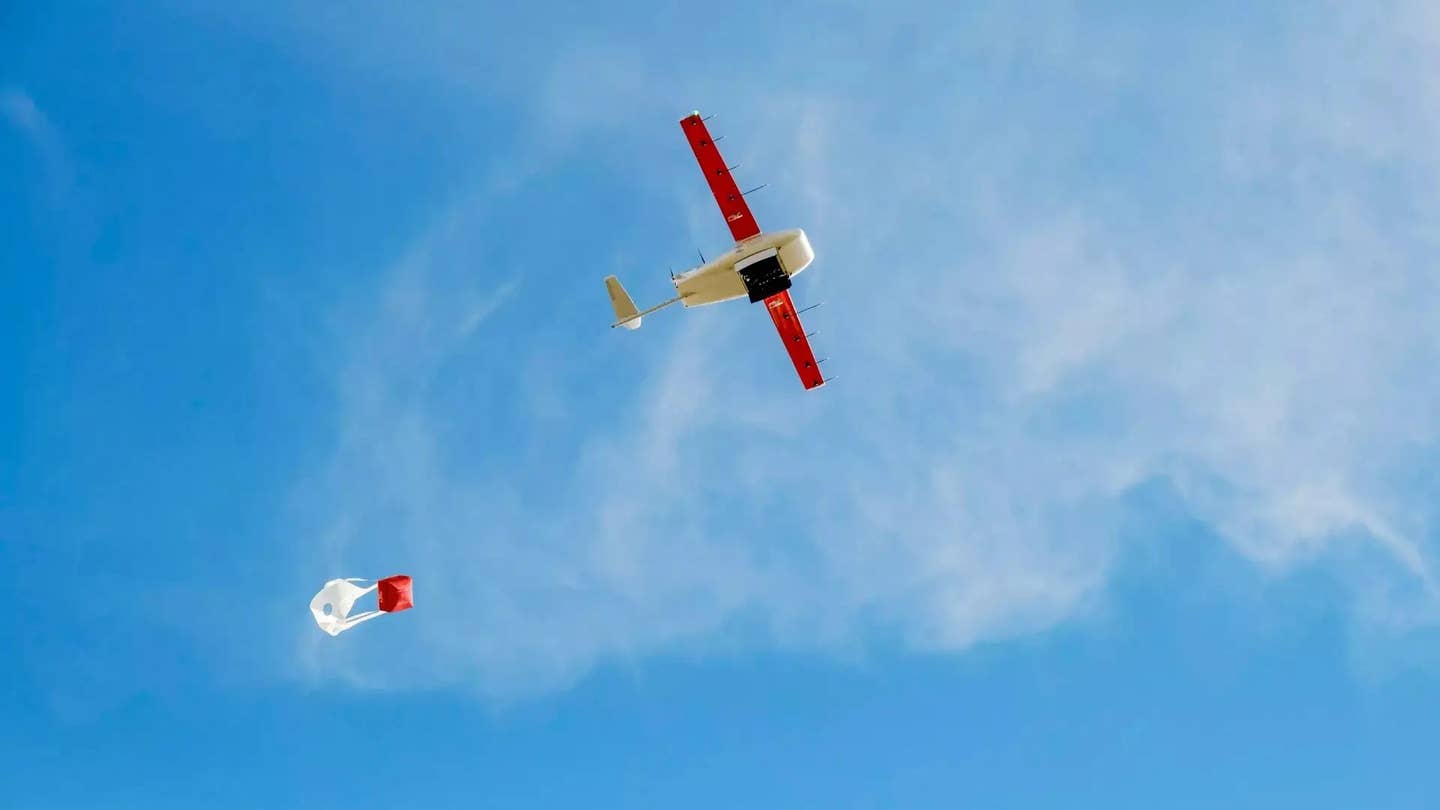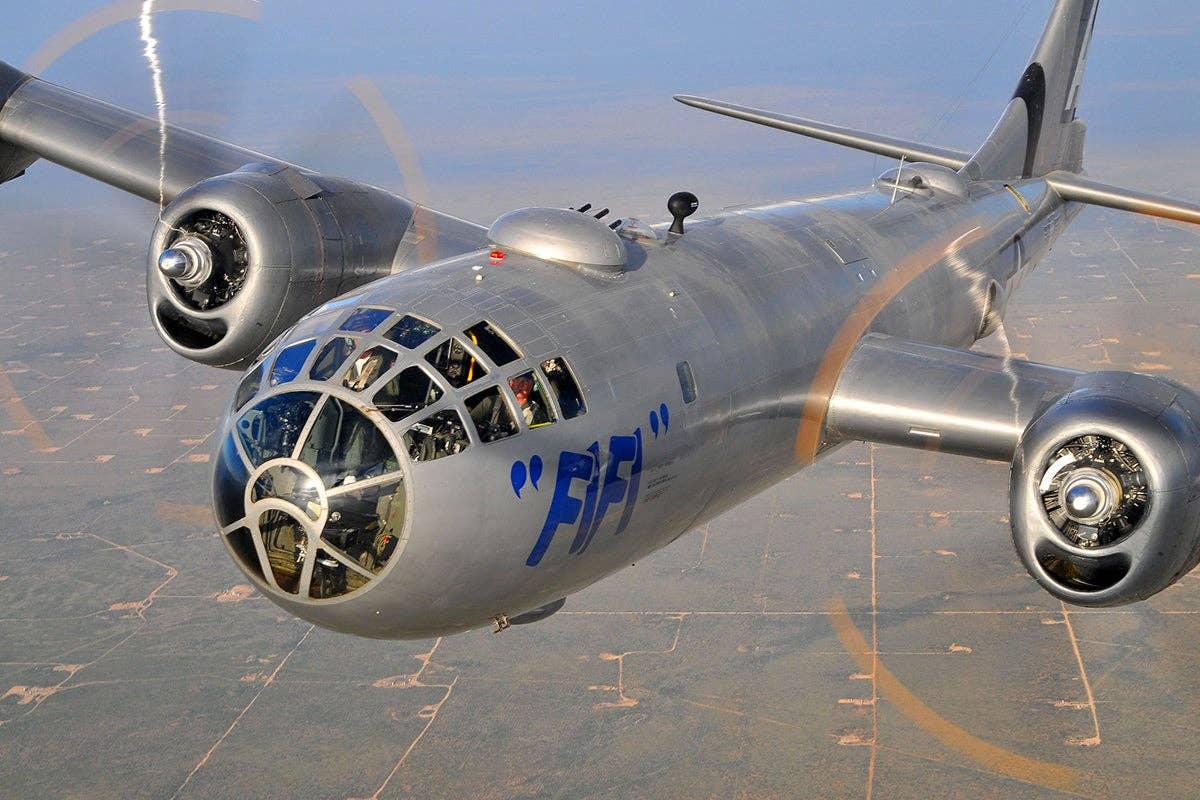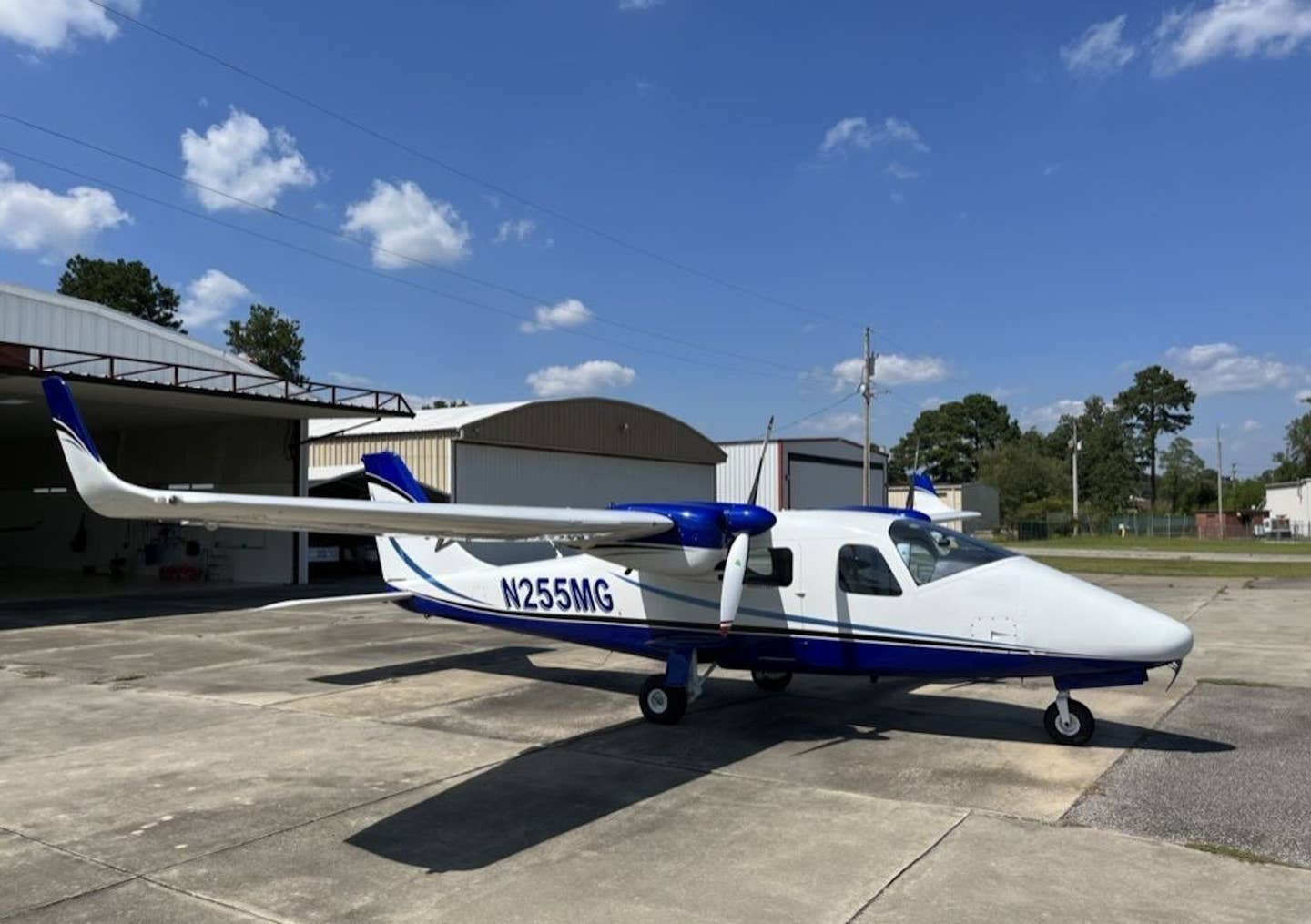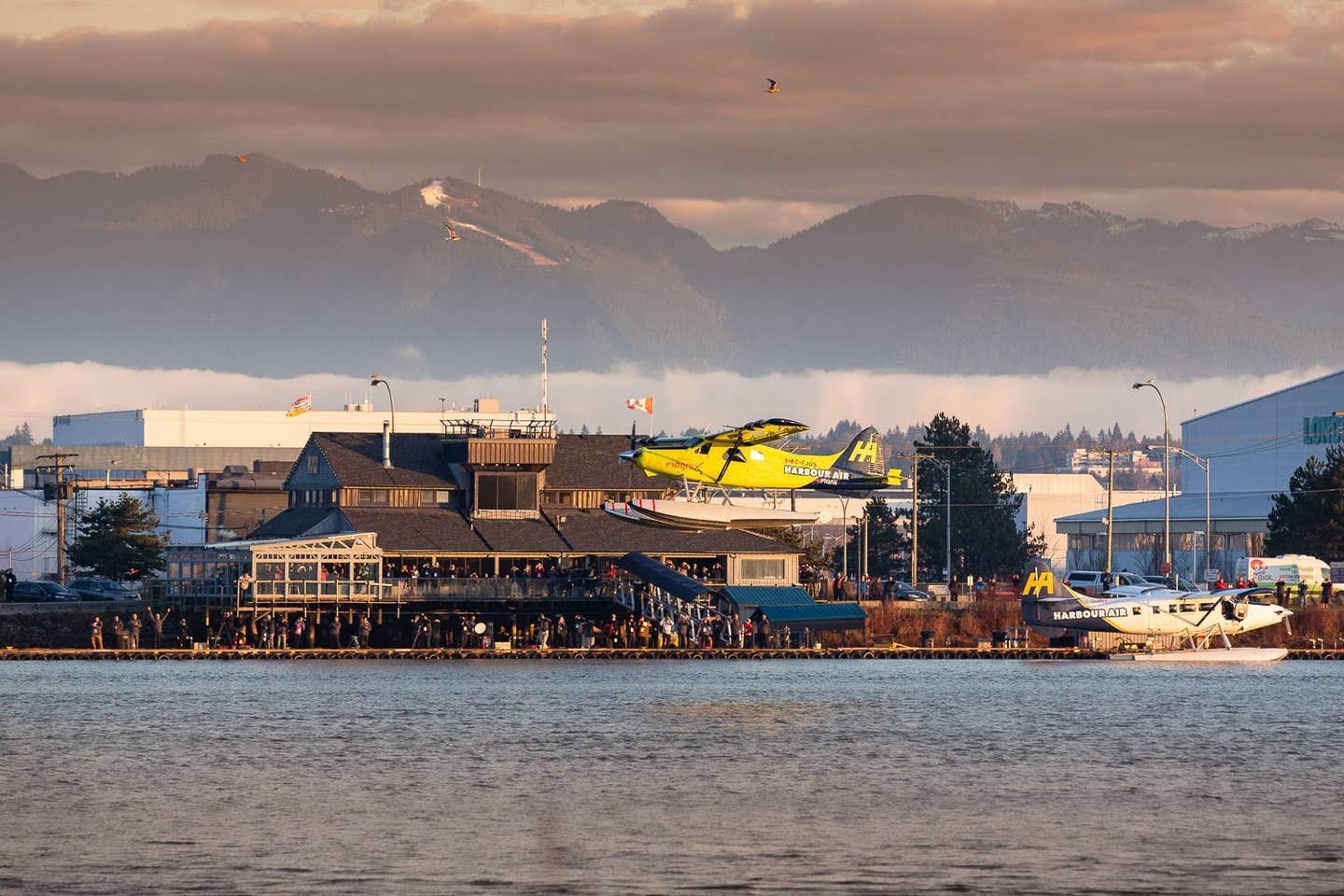Which WWII Bomber Was the Most Mass-Produced?
When the U.S. entered the war, the designs of aircraft were shared so that they could be mass-produced.
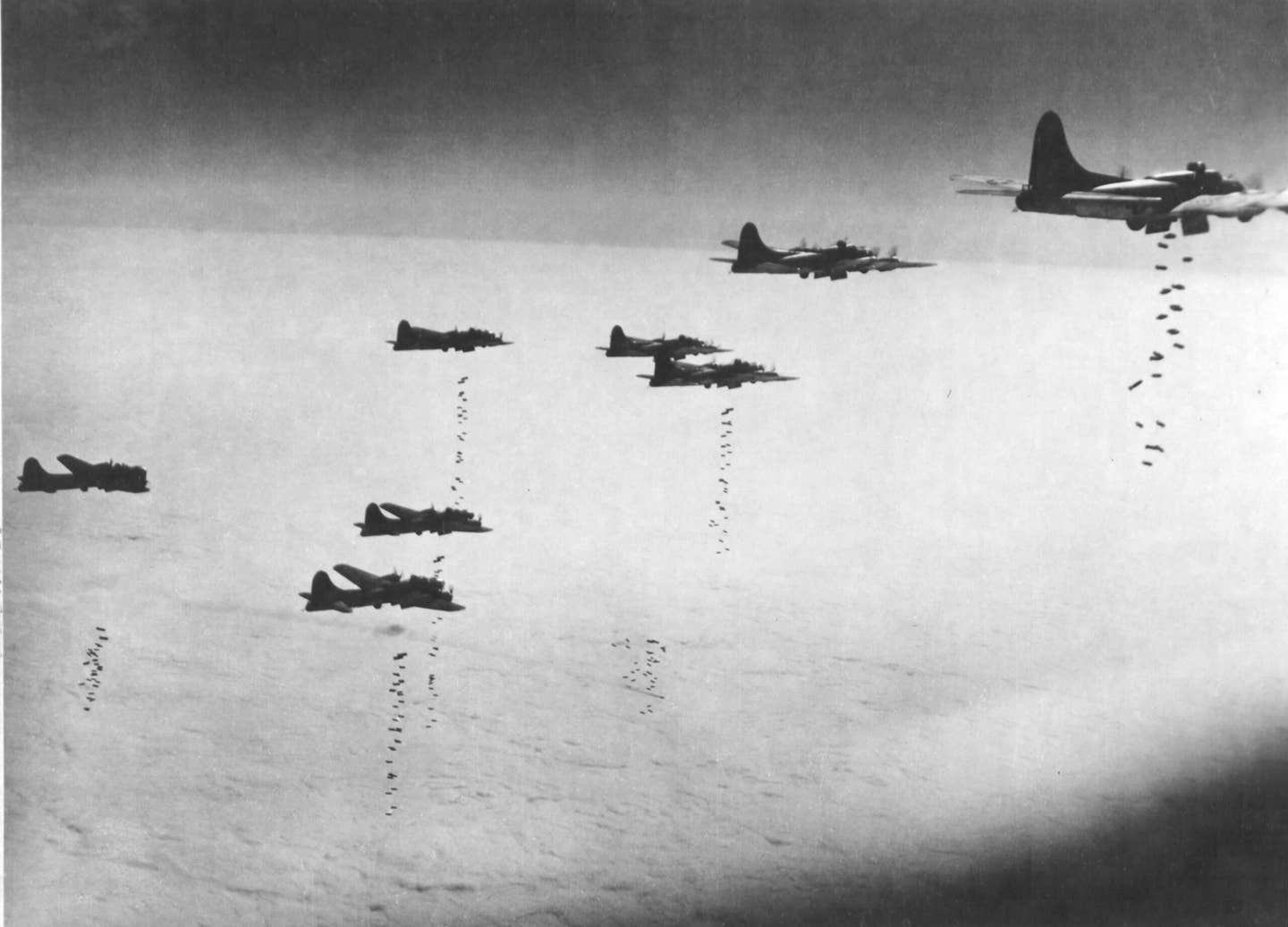
Radar-guided B-17s drop bombs through an overcast cloud layer on a German city in early 1945. [Courtesy: National Archives and Records Administration]
Question: In all the movies you see about World War II, it’s always Boeing B-17s that are flying. Was it the most mass-produced bomber during WWII? How did Boeing manage to turn out so many airplanes from the one facility in Seattle?
Answer: When the U.S. entered WWII, the nation's aircraft manufacturers realized that for the good of the war effort, they needed to set aside profits and competition. So, the designs of aircraft were shared so that they could be mass-produced.
Although it was a Boeing design, B-17s were also built in California by Douglas Aircraft, which produced 3,000 aircraft in Long Beach, and Vega Aircraft, which built 2,750 in Burbank. Meanwhile, Boeing's Plant 2 in Seattle rolled out 6,981.
Fun fact: Despite a total of 12,731 B-17s being built, it was not the most mass-produced bomber during WWII. That distinction goes to the B-24 with 18,493 aircraft.
- READ MORE: Is There an Official Weather Briefing?
A great many B-24s were turned out by the Henry Ford Aircraft Factory, which built 8,685 bombers in three years in Willow Run, Michigan. At the peak, the factory produced a B-24 every hour. The Willow Run facility was also the factory where cultural icon "Rosie the Riveter" worked. On the West Coast, female factory workers were known as “Janes who made the planes."
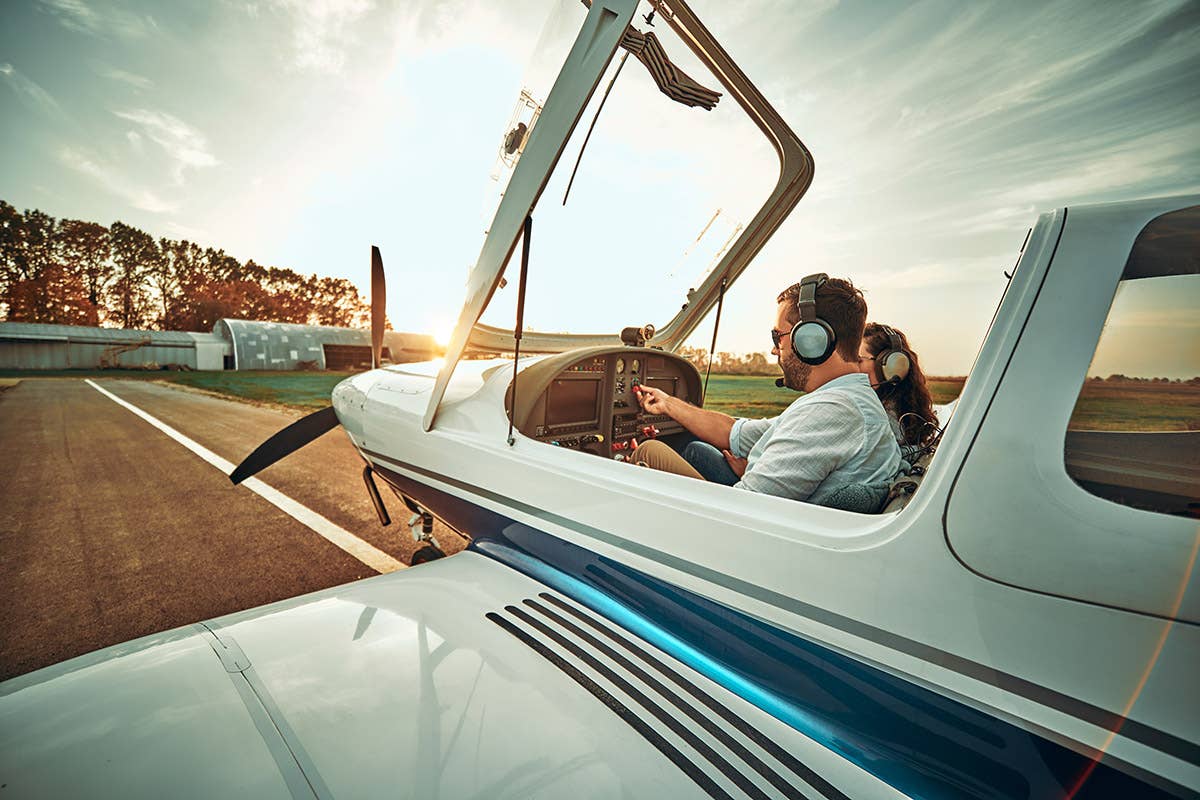
Subscribe to Our Newsletter
Get the latest FLYING stories delivered directly to your inbox

